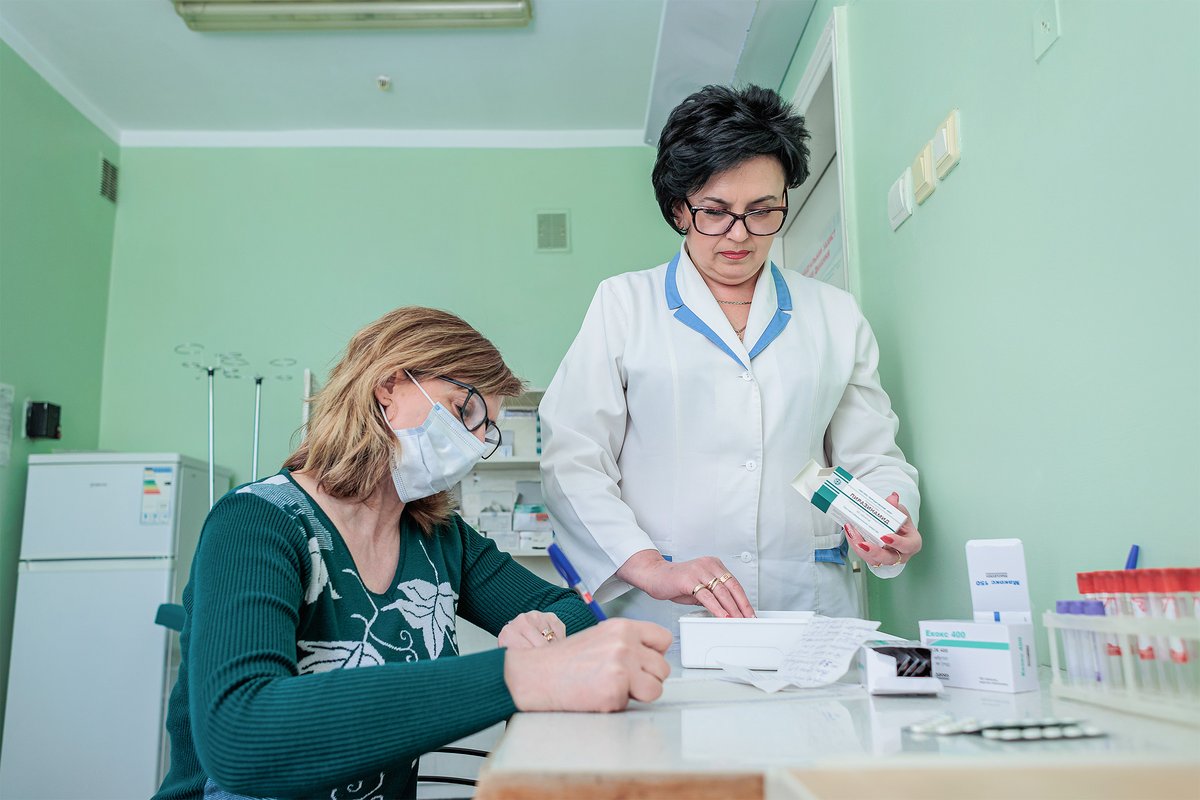Every organization is guided by a strategy, but the PATH Strategy 2025 is built differently. Back in 2020, as the COVID-19 pandemic upended lives and livelihoods and derailed progress toward global health goals, we wanted to do more than set objectives. We wanted to reimagine the role and function of the international nongovernmental organization, beginning with the needs and priorities of the people we serve.
So, we gathered input from 400 stakeholders across 50 countries, including local health leaders, ministries of health, public- and private-sector partners, funders of public health programs, and members of our own global team. Together, we identified the PATH capabilities most valued by our partners and used those capabilities to frame three strategic priorities that represent an intentional and responsive shift away from the siloed health areas that have limited our sector’s potential.
“Our strategy is designed to directly respond to the current crises we face as a global community and to the needs and priorities of our local partners.”— Nikolaj Gilbert, President and CEO
Now, after completing three years of this five-year strategy, we’re proud to share an update on its implementation.
In the table below, you can see how many PATH projects contributed to each strategic priority, how many locations those projects served, and how many critical milestones they reached along the way (examples of critical milestones include, but are not limited to, the in-country registration of a health product, drafting a new health policy, launching an awareness campaign, and completing a health worker training).

Our strategic priorities are not mutually exclusive. They work together by design to ensure more holistic, people-centered work.

Photo at top: Lebid Yana (right), a nurse, and Tetian Odariuk, a staff member, prepare medicine for a patient at Poltava Regional Clinical Tuberculosis Dispensary. In Ukraine, PATH’s Unitaid-funded Adherence Support Coalition to End TB (ASCENT) project implemented digital technologies to support tuberculosis treatment adherence. These digital adherence technologies remind patients to take their daily medication at a time and place that suits them, and provide real-time information to health care providers, which helps in determining the most appropriate treatment approach for each individual. Photo: PATH/Yevhen Astaforov.
2023 PATH annual report
Annual report home | PATH Strategy 2025 | Product development and access | Health and disease management | Health systems strengthening | Financial summary | Leadership | Supporters
